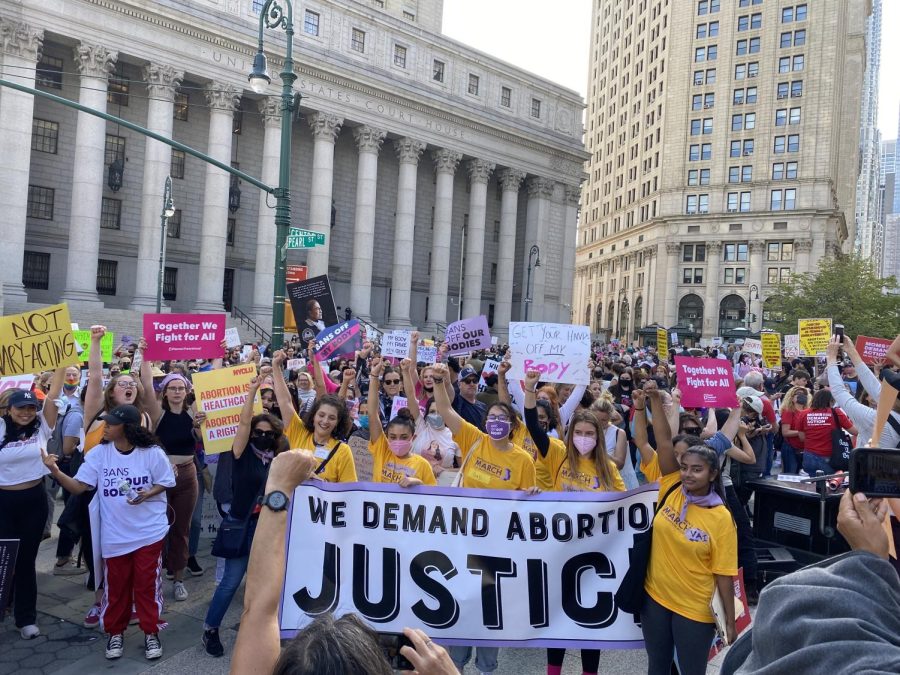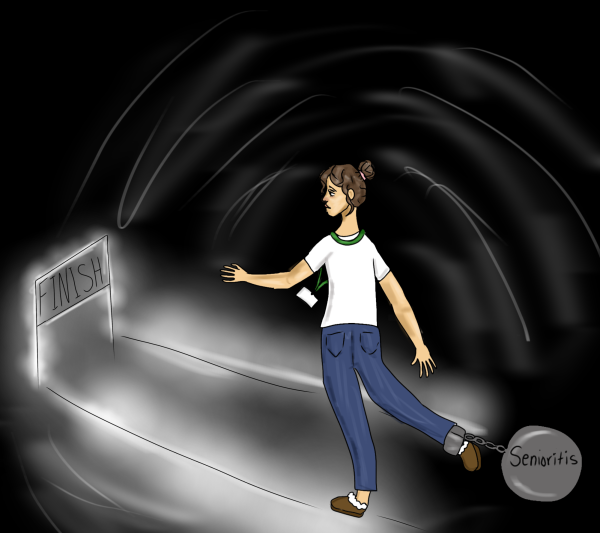The Abortion Issue, Then and Now: An On-Going War for Women’s Independence
Roe V. Wade was a revolutionary Supreme Court case that solidified a woman’s right to an abortion. This landmark decision from 1973 remains controversial, even half a century after its ruling.
Prior to the late-19th century, abortion was legal in the United States for the first three months, or trimester, of pregnancy. For wealthier women, the answer to an unwanted pregnancy after the fourth month was to obtain an illegal abortion or travel somewhere where abortions were legal after that time period. Most women, however, did not have the money to pay for a private doctor to do an illegal operation, or to fly around the world in search of somewhere that allows the women to make decisions regarding their own bodies.
By the 1950s and 1960s, according to History (history.com), illegal abortion estimates ranged from 200,000 to 1.2 million a year. In 1969, Norma McCorvey sought to terminate her unwanted pregnancy. Due to a tough upbringing, McCorvey lived under impoverished circumstances and had two previous pregnancies, both of which resulted in her children being placed for adoption. Unfortunately for McCorvey, during this time in Texas, abortion was only legal if the woman’s life was in danger.
McCorvey, who was known as “Jane Roe” in official court documents, did not qualify to receive an abortion in her home state of Texas because her life was not in danger. Henry Wade, the district attorney of Dallas Country at the time, was a known anti-abortionist. The contrasting identity and belief systems of McCorvey (Roe) and Wade, led to the trademark title of the Supreme Court case, Roe V. Wade. On Jan. 22, 1973, the Supreme Court struck down the Texas abortion ban and legalized abortion nationwide. This majority decision was fueled by the supporting argument that abortion was implicit in the right to privacy, reinforced by the Fourteenth Amendment of the U.S. Constitution.
The basis for the Court’s verdict divided pregnancy into three trimesters: the first, in which an abortion was entirely up to the woman’s volition; the second, in which the government can regulate a woman’s abortion; and the third, in which the state could prohibit abortion to protect a fetus.
The law has been well-settled in the time since its conception with some minor challenges along the way, but none that were important enough to have gained the traction like the most recent cases have in states like Alabama and Texas. The recent uprise and division within political parties, combined with former President Donald Trump’s agenda to increase abortion regulations, led to increasing concerns of the government once again taking a way a woman’s right to her own body.
To further his agenda, Trump appointed more than 200 judges to the federal bench in a singular term, almost equal to the amount appointed in previous two-term presidents under Presidents Barack Obama and Bill Clinton. Trump also nominated three Supreme Court justices, replacing more left-leaning justices with ones who represent right-wing ideals, including the appointment of Justice Amy Coney Barrett in place for the progressive Justice Ruth Bader Ginsberg.
Many feel that Barrett, a stark contrast to Ginsberg, will undermine Ginsberg’s life-long advocacy for women’s rights. No doubt, former-President Trump made this appointment in furtherance of his conservative agenda by obtaining a conservative majority on the Supreme Court that aligns with his political views, ensuring his very public desire to overrule Roe v. Wade. Barrett and justices who think similarly would allow an individual state government to decide abortion laws, not the federal government, further enforcing the oppression of women.
This issue highlights the right-wing’s modern strategy to instill misogyny into society. It should be noted that many confuse being “Pro-Choice” with being “Pro-Abortion,” but that is not the case. Pro-Choice is only supporting a woman’s choice to control her own body. An unborn fetus should not be seen with more value than a living woman with her own rights. Many “Pro-Lifers” take positions that seem to say that they care more about controlling women than caring about the actual fetus, an argument consistently used by the Pro-Life movement.
“The Pro-Life movement is predominantly pushed by religious ideals,” said senior Abby Almonte. “Everyone is entitled to their own opinion, and those opinions should be respected as well, but there has to be a line drawn between church and state and that barrier is currently blurred.” Almonte very bluntly illuminated the fault in the Pro-Life argument: using one’s political beliefs to determine nationwide regulations on those who do not all pertain to the same belief system is choosing to disregard others.
“Many of the individuals who want to prevent the right of abortion are, in fact, people without uteruses,” said freshman Cassandra Levinson. “It seems rather ludicrous for someone who is unable to even go through the experience of having an abortion to be making laws about the subject.” Levison pointed to several instances of interference of male decisions over a woman’s body and highlighted the hypocrisy of those attempting to control what is not theirs.
Freshman Penelope Yaker shared her concerns for her own future and that of her peers. “It is incredibly concerning to hear your own rights being debated as a high schooler,” Yaker said. “It is also worrisome that the right to make choices for our bodies are still even being debated. This issue seems ridiculous to even still be in existence.”
Ideally, the majority political party who holds the office of the presidency or the majority in Congress would not have such a direct impact upon the Supreme Court and its rulings. In fact, those on the court are charged to be judges and not to change the law as politicians do. However, present times pose a warped sense of politics and governmental power, one that completely contradicts the democratic and “united” foundation our country is supposed to stand on. Taking away a woman’s right to her own body is a direct violation of the Fourteenth Amendment and shows that men are still trying to find ways to manipulate women and their bodies.







































